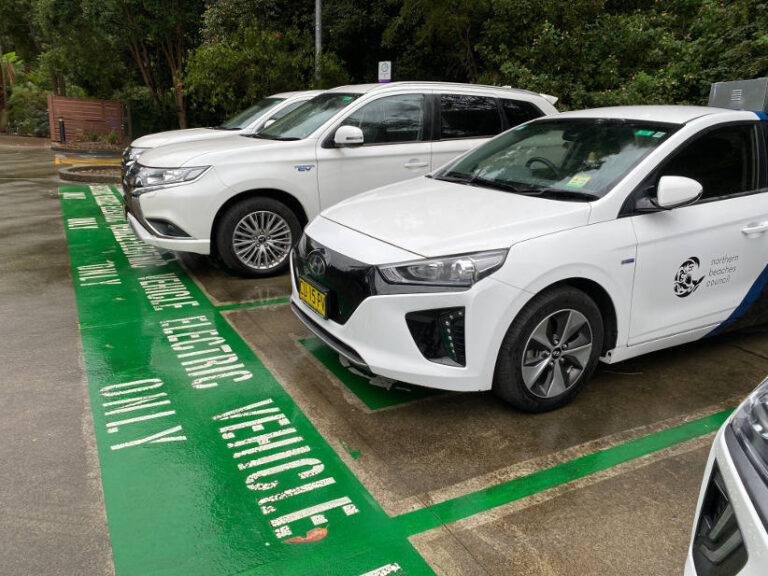Managers of small and large corporate fleets should certainly be aware of the looming shift to electric vehicles (EV’s) by now, and it would benefit them to start planning their own transition as early as possible.
Understanding the total cost of ownership (TCO) of EVs is both difficult to do, and crucial in making informed decisions. This article aims to shed light on the factors involved in calculating the TCO for EV fleet vehicles, helping managers evaluate the financial and environmental benefits of adopting electric mobility. Several comparison tools do exist, but no tool can evaluate all the elements to assess TCO accurately.
Acquisition Costs: The TCO analysis of EV fleet vehicles begins with considering the acquisition costs. While EVs typically have higher upfront costs compared to their conventional counterparts, the total cost over the vehicle’s life cycle needs to be assessed. Fleet managers should consider factors such as purchase price, available incentives, and potential cost savings in terms of tax credits, grants, and reduced fuel consumption when evaluating the acquisition costs of EVs. There are a myriad of federal and state government incentives to consider in Australia, including tax exemptions, and direct financial incentives for either car purchase or charging infrastructure. A summary of state by state incentives is offered here; https://zecar.com/resources/everything-you-need-to-know-about-australian-ev-incentives
This does not include fleet specific grants and incentives, which are best checked with your state government authority, as they are subject to change and variable parameters.
Charging Infrastructure
One crucial aspect of the TCO calculation is the implementation of a charging infrastructure. A common mistake is carefully weighing up the vehicle options and placing an order for the EV without considering how vehicles will be charged. Fleet managers must evaluate the costs associated with installing charging stations at the business premises or exploring partnerships with public charging networks. Additionally, the electricity rates and possible demand charges should be considered to estimate the long-term operational costs of charging EV fleet vehicles.
Fuel and Maintenance
EVs have lower energy and maintenance costs compared to traditional vehicles. To compare fuel costs a fleet manager needs to first understand where charging will occur, energy costs and vehicle efficiency.
EVs have fewer moving parts, reducing the need for frequent maintenance and servicing. Fleet managers should evaluate the projected maintenance costs, including battery life and warranty, to get a comprehensive understanding of the TCO.
Resale
The resale value of EVs can significantly impact the TCO. A growing second hand market for EVs in Australia is currently maintaining a high value for used EV. Vehicle leasing for your fleet can remove some of the difficulty in predicting the ongoing costs of an electric fleet, and tax exemptions make novated leasing for salary packaging an attractive option for staff.
While difficult to quantify, Fleet managers should evaluate the potential savings and environmental advantages in terms of reduced emissions and compliance with sustainability goals. This can often also translate into positive publicity and positive staff morale.
Calculating the TCO for EV fleet vehicles is a complex task for managers. However, understanding the factors involved in the analysis can assist them in making informed decisions. By considering acquisition costs, charging infrastructure, energy and maintenance expenses, resale value, and environmental impact, fleet managers can accurately evaluate the long-term benefits of transitioning to an electric fleet.






